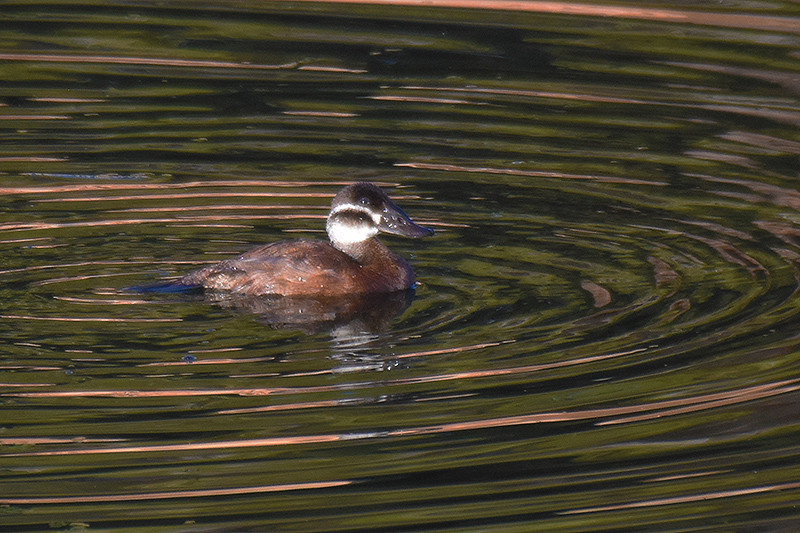Opis
The Lagunas de Lo Monte area is made up by two artificial lakes, whose water comes from a water treatment plant. However, it is completely clean and filled with life, as suggested by the amount of water-based birds seen. Among these, sterniczka and perkozek are the most impressive, although sometimes difficult to spot.
Around the proper water there are some dense reedbeds, where most birds breed and hide, as well as forage and rest. These species include the elusive bączek and the scarce czapla modronosa, and also passerines like trzciniak. Outside the lakes, a Mediterranean shrub forest and some agricultural fields give this area some more variety, as shown by the presence of żołna and dzierlatka (zwyczajna), to name a few.
Szczegóły
Dostęp
Unfortunately, the only way to reach these lakes is by car, having to turn left in the Autovía del Mediterráneo when going from Murcia to Alicante, and left if going the other way. There is a small parking lot right next to it. Although small, it is often enough, as these lakes are far from overcrowded. The fact that you must go through the highway means that no bus or bike can reach this site.




